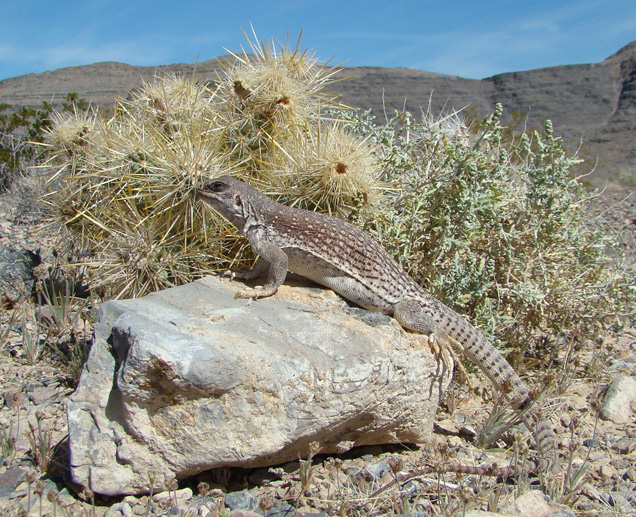Pahranagat National Wildlife Refuge
Pahranagat National Wildlife Refuge
 The Pahranagat River, which flows through the Refuge, has been severely altered by human activities related to agricultural uses and development. Water-dependent vegetation communities such as marshes, wet meadows, and riparian habitat are either dominated by nonnative, weedy, or invasive species, or have been disconnected from the water table and natural fluvial processes with little if any chance of recruitment for species such as cottonwood and willow. According to Desert National Wildlife Refuge Complex Final Comprehensive Management Plan and Environmental Impact Statement, the two primary goals established for the Refuge are to (1) restore and maintain wetland habitat for waterfowl and other migratory birds, with an emphasis on spring and fall migration feeding and resting habitat requirements; and to (2) restore and maintain the ecological integrity of natural communities within the Refuge and contribute to the recovery of listed and other special-status species. To reach these goals, the Refuge asked BIO-WEST to conduct baseline inventories of small mammals and aquatic macroinvertebrates on the Refuge and make recommendations to help guide restoration planning and to delineate suitable and potentially suitable habitat for the Pahranagat Valley montane vole (Microtus montanus fucosus), a Nevada state-listed rare species, and conduct additional aquatic macroinvertebrate inventories.
The Pahranagat River, which flows through the Refuge, has been severely altered by human activities related to agricultural uses and development. Water-dependent vegetation communities such as marshes, wet meadows, and riparian habitat are either dominated by nonnative, weedy, or invasive species, or have been disconnected from the water table and natural fluvial processes with little if any chance of recruitment for species such as cottonwood and willow. According to Desert National Wildlife Refuge Complex Final Comprehensive Management Plan and Environmental Impact Statement, the two primary goals established for the Refuge are to (1) restore and maintain wetland habitat for waterfowl and other migratory birds, with an emphasis on spring and fall migration feeding and resting habitat requirements; and to (2) restore and maintain the ecological integrity of natural communities within the Refuge and contribute to the recovery of listed and other special-status species. To reach these goals, the Refuge asked BIO-WEST to conduct baseline inventories of small mammals and aquatic macroinvertebrates on the Refuge and make recommendations to help guide restoration planning and to delineate suitable and potentially suitable habitat for the Pahranagat Valley montane vole (Microtus montanus fucosus), a Nevada state-listed rare species, and conduct additional aquatic macroinvertebrate inventories.  BIO-WEST made the following recommendations:
BIO-WEST made the following recommendations:
- Careful consideration should be taken when implementing large-scale, aggressive anthropogenic disturbances (i.e., dredging) at the spring sites. They may increase abundance on the Refuge; however, the disturbance may also harm endangered or sensitive species that prefer more-stable environments.
- Small-scale, nonintrusive restoration efforts (increasing riparian zone, excluding cattle) on spring sites may increase their diversity and provide refuge habitat for rare, sensitive, or endangered species.
- Continued efforts could focus on detecting springsnails or other rare species and should further investigate options for potential repatriation efforts.
- Implement a long-term monitoring program to assess the aquatic macroinvertebrate communities on the Refuge following current protocols to allow for comparisons through time. Continuing surveys will be vital to understanding long-term trends at individual sites and throughout the Refuge. It will be particularly important to monitor aquatic macroinvertebrate communities at spring sites during restoration efforts and after those efforts are completed, which in turn may allow for comparisons of different restoration techniques. Furthermore, data resulting from long-term sampling could be useful for better understanding general avian use of spring sites and the successes and failures of future native fish repatriation efforts on the Refuge.

